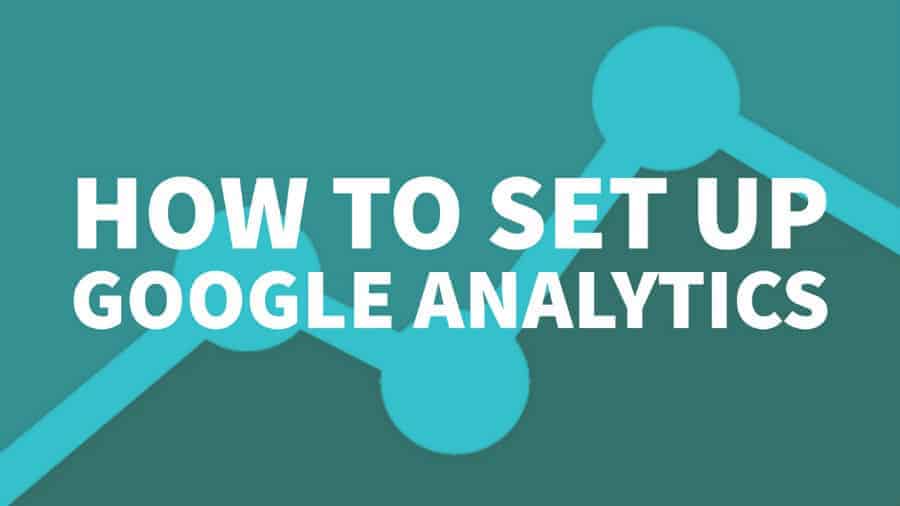
This post was most recently updated on September 19th, 2019
If you haven’t already begun using Google Analytics, you’re missing out on some incredibly powerful data that you can use to optimize your site’s monetization. Google Analytics is a free analytics package that tells you a whole lot about your visitors, where they came from, what they’re doing on your site, and how well your site is converting.
Advanced users can even run A/B tests from within Google Analytics. It’s more than just a simple tool to tell you about your visitors; it’s a powerful piece of tracking code that can completely change how you run your site.
Here’s how to set up Google Analytics.
Now that you have a working Google Analytics setup, you should set some goals. You can do this in the “Goals” tab. Goals allow you to hold yourself and your team accountable to certain standards; for example, lowering your bounce rate (the number of visitors who leave your website without looking at another page) or increasing the time spent on your site.
If you’re an AdSense publisher, you can also link AdSense to Google Analytics to see which pages on your site are most profitable. That way, you can try to replicate past success and build on future ones. For example, if you see that video posts on your blog seem to get bring in a lot of revenue, but long-form pieces about arcane topics don’t then you can skew your blog’s content in that direction.
You can even get so specific as to see how much revenue certain pages are worth per week, month, or year. Since Google has backend access to all of your AdSense information, they are able to link it to your Google Analytics account seamlessly. To do so, go to Google AdSense, click “Account Settings” on the left-hand side, scroll down to “Google Analytics integration”, and link your accounts.
But the most important thing you can do, by far, to learn more about Google Analytics is to play around with it. You can’t break it! Just click on the various submenus, experiment with different filter settings, and see what new insights you can glean. Once you figure out a way to work Google Analytics into your optimization strategy, you’ll be working with real data instead of hunches and whims.

Kean Graham is the CEO and founder of MonetizeMore & a pioneer in the Adtech Industry. He is the resident expert in Ad Optimization, covering areas like Adsense Optimization,GAM Management, and third-party ad network partnerships. Kean believes in the supremacy of direct publisher deals and holistic optimization as keys to effective and consistent ad revenue increases.
10X your ad revenue with our award-winning solutions.